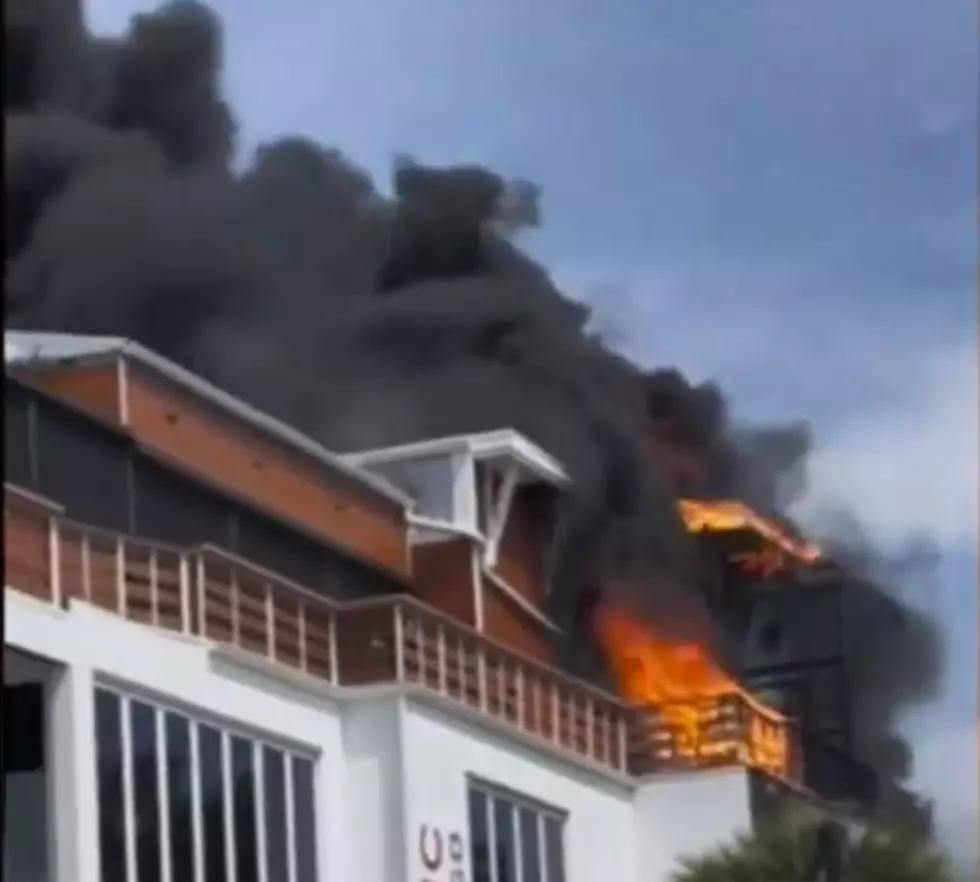
What Are Those Lights Above Traffic Signals in Louisiana?
In Louisiana, particularly in Lafayette, you may have noticed small lights situated above or beside the regular traffic signals. These aren't just ornamental features; they are priority or preemption signals, and they serve a crucial function. Originally appearing in places like Maricopa County, Arizona, in the early 1980s, these systems have been adopted nationwide to speed up emergency response times. Equipped with emitters, fire trucks and other emergency vehicles can communicate with the receiving devices on these traffic lights, automatically changing them to give right-of-way to the responders.
When activated, these preemption signals alter the traffic lights ahead of the emergency vehicle, providing an unobstructed path. This also improves overall intersection safety by displaying red lights in all other directions, stopping any traffic that could interfere with the emergency vehicle's path. The small white light you see above the traffic light indicates the system is active; a solid or blinking light can have different meanings depending on the direction the emergency vehicle is headed.
Back in 2019, Lafayette Consolidated Government announced they were upgrading the already vital systems. At the time, Alton Trahan, the Public Information Officer for the Lafayette Fire Department, said implementing the new technology would further enhance emergency response times. The upgrade was crucial as the system at the time, known as Opticom, was over three decades old and used outdated line-of-sight technology. The new equipment brought advanced technology to Lafayette, incorporating cellular networks and GPS, with radio frequency as a backup.
This system upgrade was a collaborative effort involving a $1.5 million investment from Lafayette Consolidated Government, the Acadiana Planning Commission, and DOTD.
It’s not just Louisiana that has embraced this life-saving technology. South Georgia Medical Center, for example, has recently announced the implementation of GPS-ready Emergency Vehicle Preemption (EVP) devices on all its ambulances. According to EMS Chief Michael Colman, these devices have slashed response times by an average of 11 seconds per traffic light, making ambulance operations safer for everyone involved.
Every second counts during an emergency and these upgrades to Lafayette's traffic systems have helped first responders get to the scene as quickly and safely as possible. So, the next time you see that small light above the traffic signal change, know that it's part of an integrated system helping to save lives.
See the Must-Drive Roads in Every State
More From 97.3 The Dawg






